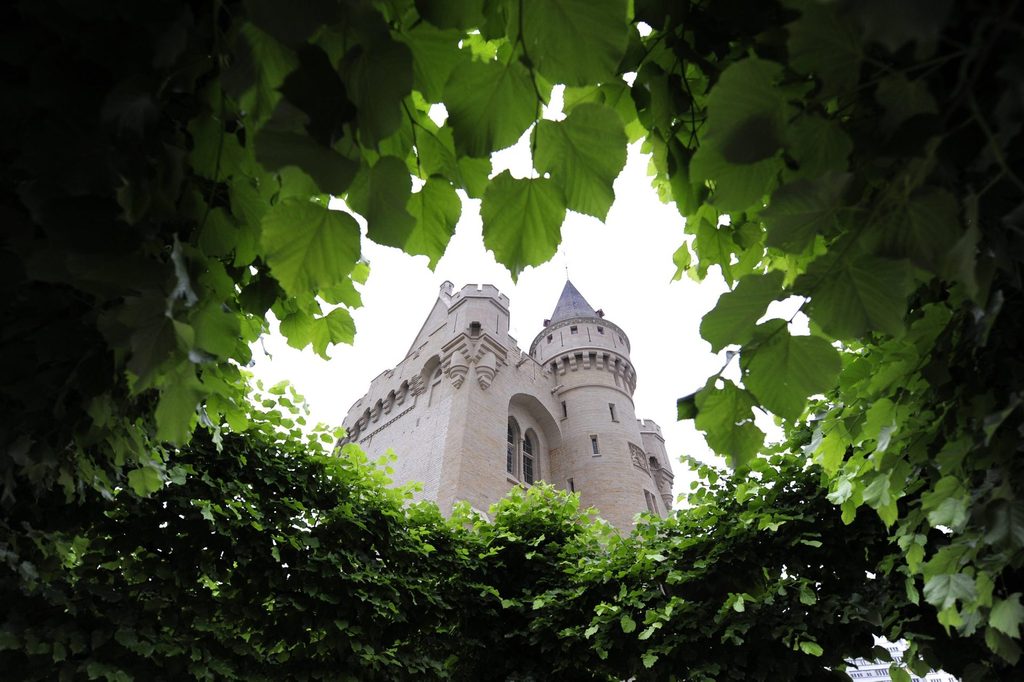The renovation of the roof and external joinery of the medieval Porte de Hal ('Hallepoort' in Dutch) in Brussels has started, the Buildings Agency announced on Tuesday.
Built in the 14th century, the Porte de Hal was part of the second walling of Brussels. This wall had to protect the southern side of the city, but it also served to project Brussels' image as a rich and influential city. Now, it is the only one of the seven city gates that still exists.
"The Porte de Hal is a unique witness to Brussels’ medieval past. With these renovation works, we are ensuring that this exceptional heritage is preserved for future generations," said Federal Minister Vanessa Matz (Les Engagés), who is in charge of the Buildings Agency. "Thanks to this restoration, the roof and external joinery will be restored to their former glory, while ensuring the safety and survival of the monument."
A historic monument in Brussels
Over the centuries, the Porte de Hal was used for various purposes: for military purposes, for import and export control, as a temple of the Lutheran Church, as a granary and even as a prison. A listed monument, the building is now part of the Royal Museums of Art and History and houses a museum on the city of Brussels during the Middle Ages.
The most recent renovations date from 2019, when the electrical installation and the fire safety system were renewed. Before that, fit-out works, technical infrastructure works, fixed exhibition furniture, restoration of the ironwork on the roof and cleaning of the facade were carried out in 2007-2008.
Now, the building's joinery and covering on the roof are in poor condition: the slates are coming loose, causing stability problems, seeping water and safety issues. As a result, these works are necessary to avoid potential problems such as further infiltrations and falling debris.
[caption id="attachment_636824" align="aligncenter" width="1024"] The Porte de Hal / Hallepoort, in Brussels.
Credit: Belga / Eric Lalmand[/caption]
The Porte de Hal / Hallepoort, in Brussels.
Credit: Belga / Eric Lalmand[/caption]
The roof slates are being restored: those that are still in good condition will be reused, the others will be replaced. The external joinery (the windows and skylights) will also be renovated.
Scaffolding will be placed at the building's entrances on the Marolles side and the Saint-Gilles side. During the works, the museum will remain accessible to visitors at all times.
The works started on 24 March 2025 (with the site installation) and will be completed around December 2026. It constitutes an investment of around €1.6 million.

